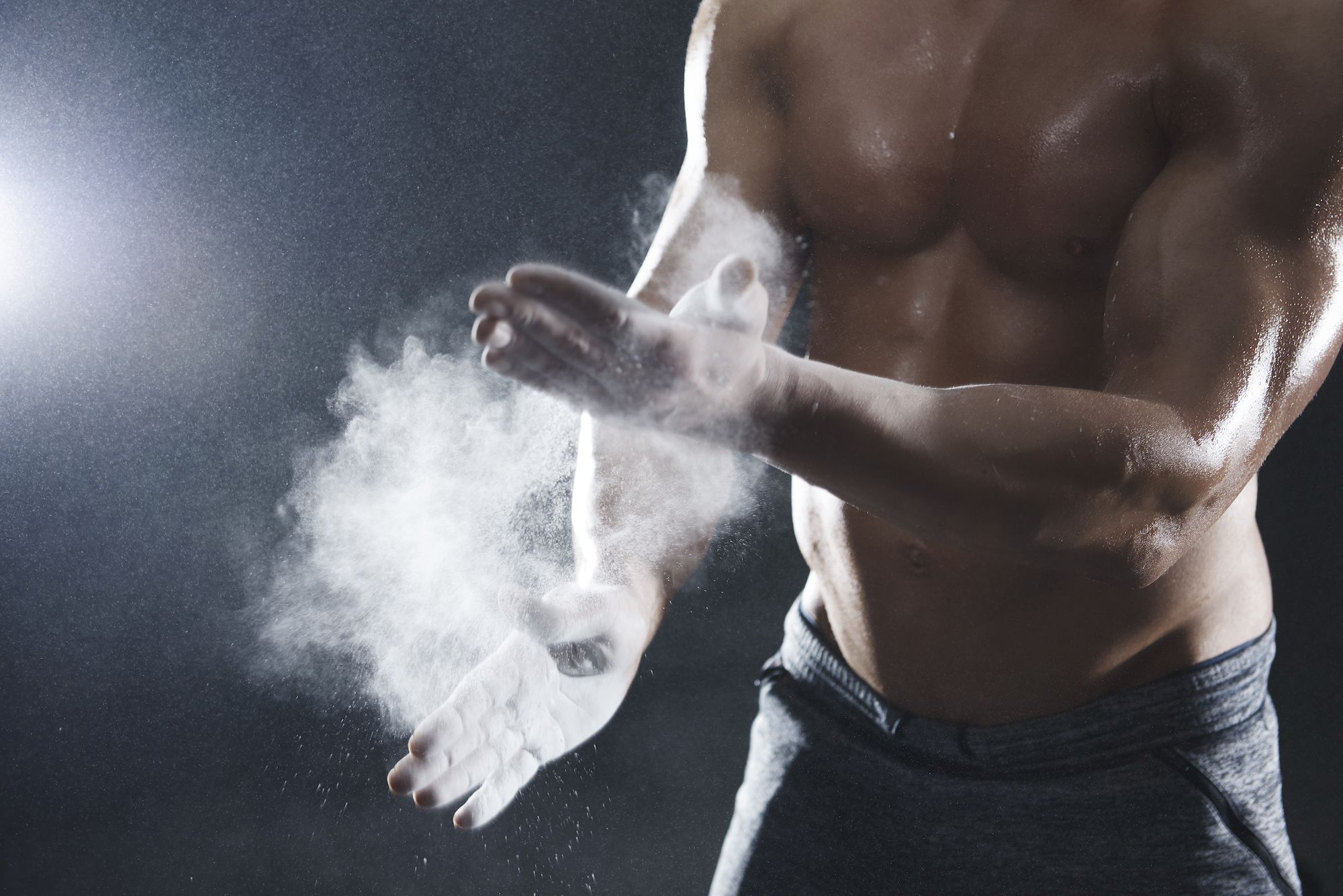When it comes to bulking up and getting the body of your dreams—or even just becoming more functionally fit—it can be incredibly difficult to decide where to start. Let's dive in!
Why Use an Olympic Weightlifting Program?
Not only are Olympic weightlifting programs a recognized standard in bodybuilding and developing functional strength, but they’re also both generally straightforward (none of the regular lifts that are part of an Olympic program are hard to learn) and stress a wide range of muscle groups, allowing you to build greater functional strength without needing to pick exercises that force you to needlessly specialize your lifting routine.
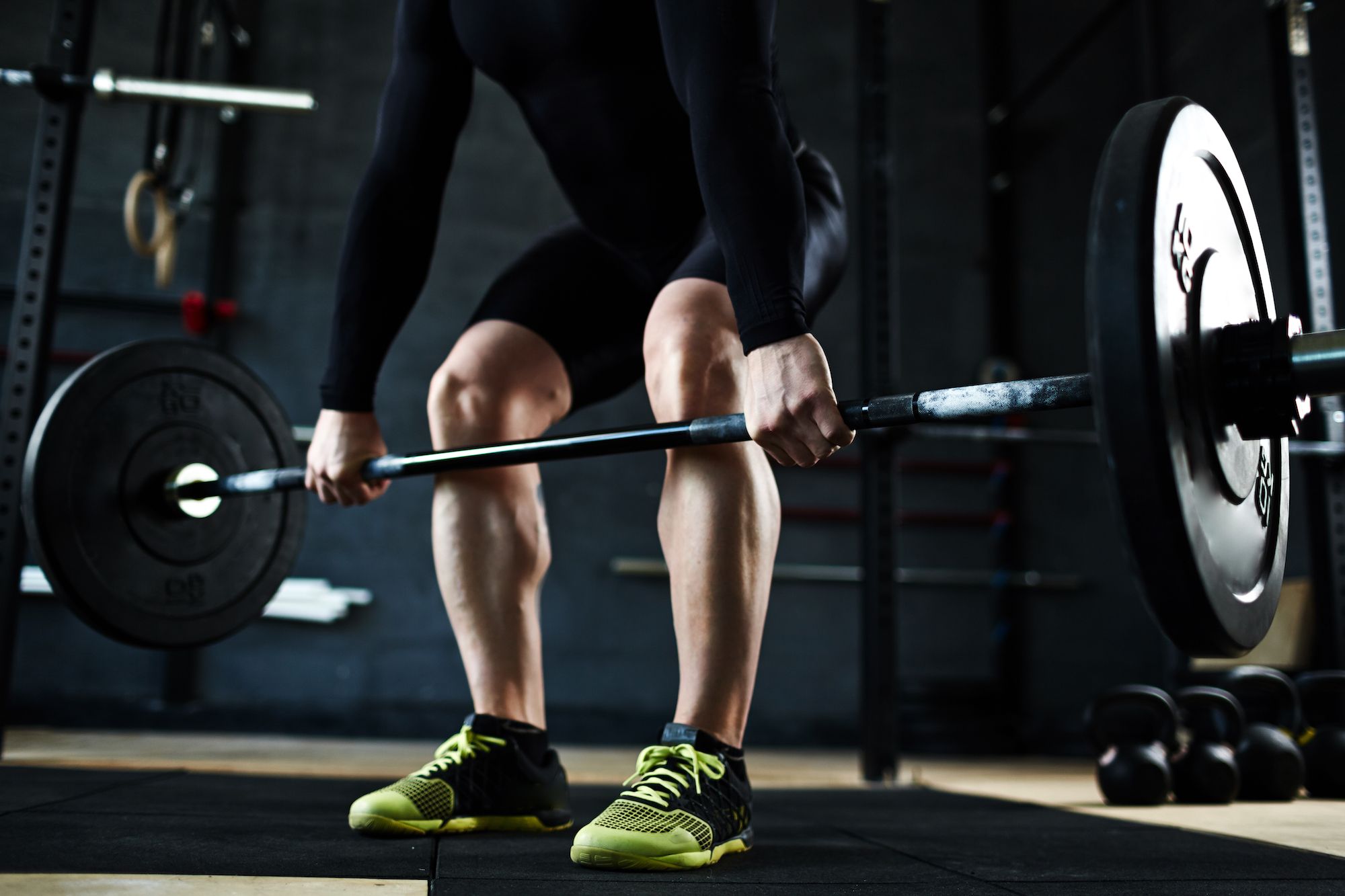
Benefits of Olympic Weightlifting
Developing functional strength while stressing a wide range of muscle groups is not the only reason to use an Olympic lifting program. Consider these 10 benefits of an Olympic lifting program:
1. Boost your work capacity
Because Olympic lifts focus on power, strength, and speed, they can also boost your capacity for work, allowing you to both work harder and recover faster as your body adapts. This can enhance other high-intensity exercise endurance, thus benefiting your other workouts.
2. Injury prevention
Because Olympic lifts target joint stability and promote flexibility, especially in major joints like your shoulders, hips, and knees, they can help you limit your injury history and susceptibility by addressing what might otherwise be weak areas.
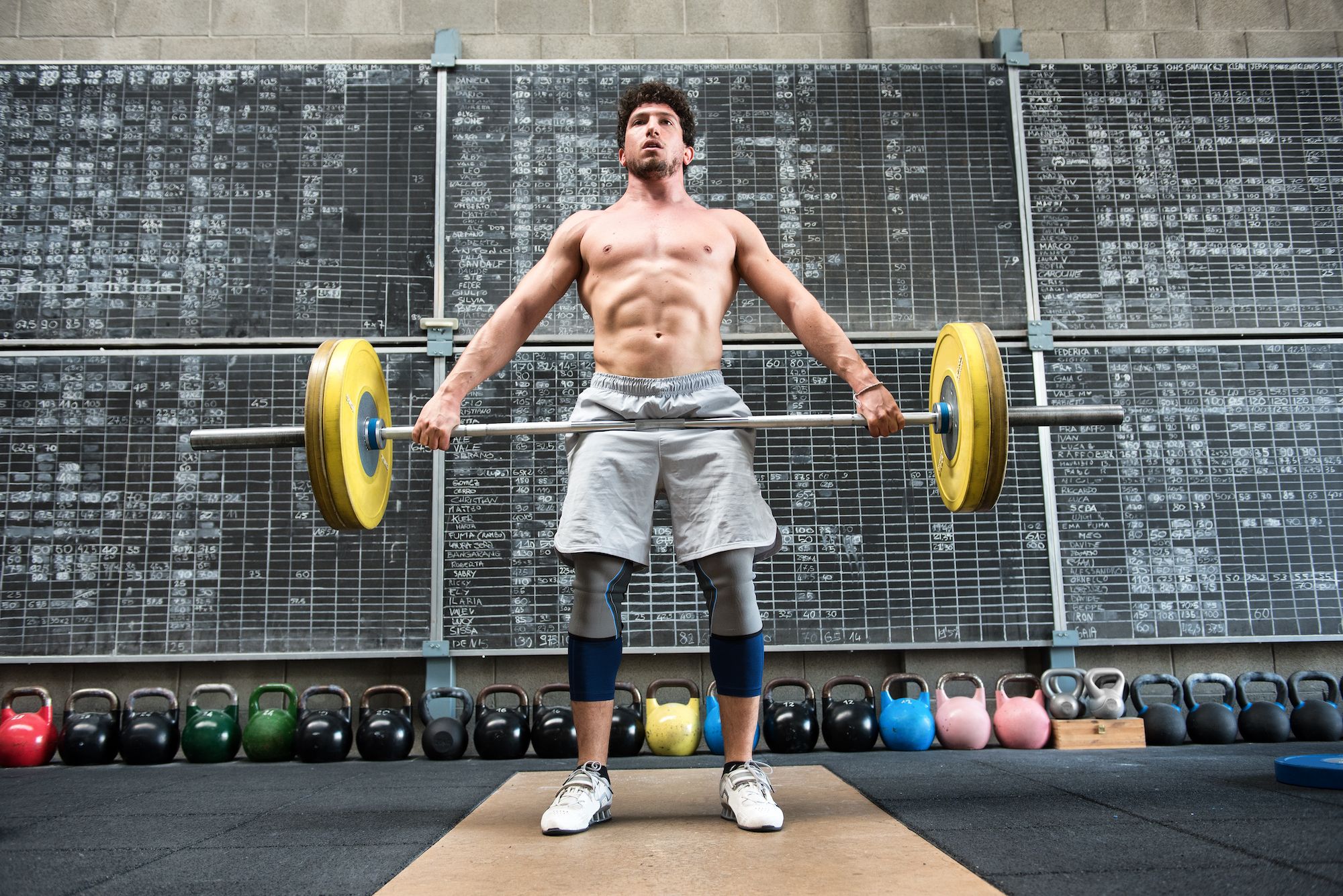
3. Create power.
Olympic lifts such as snatches and clean and jerks help you build power. Power, which is a function of both strength and speed, is key to running faster and jumping higher—both of which are key elements for most athletic endeavors.
4. Transform your physique.
Core work, such as clean and jerks or snatches, works a combination of muscle groups including your shoulders and arms, legs and glutes, and back and abs. With Olympic lifts being as strenuous and functional as they are, they tend to burn more calories, making them a great way to both build muscle and decrease body fat.
5. Improve bone density.
Because Olympic lifts create large load forces on major stability centers and limbs, they also help create bone strength and density, which can be another major injury consideration, especially for women.
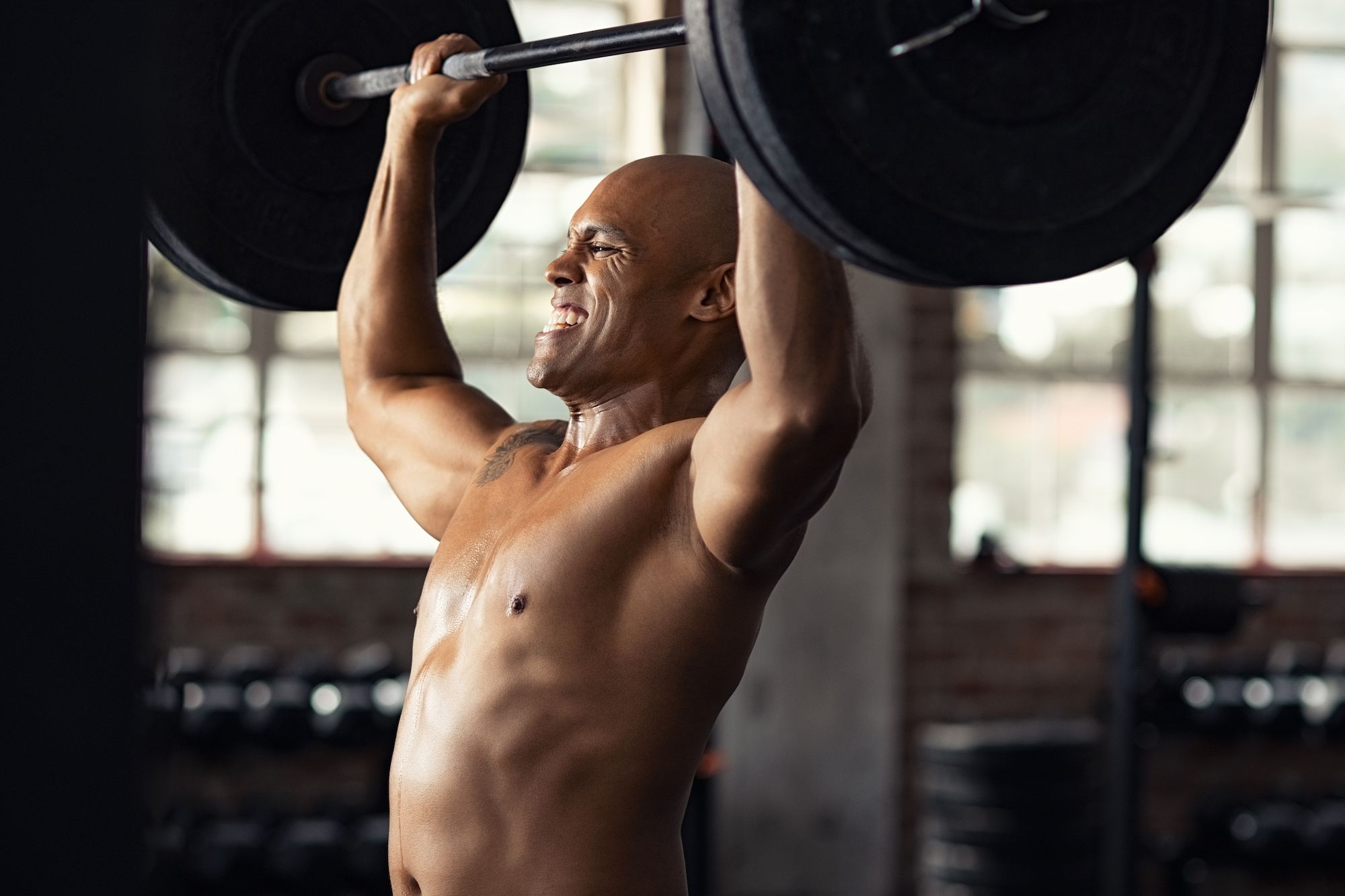
6. Boost athletic performance.
While we already noted how Olympic lifts improve power, the fact that they require force extension through the ankle, knee, and hip also mirrors what happens in sprinting and jumping, meaning they don’t add just power to an athlete’s repertoire, but also rhythm and coordination.
7. Coordination enhancement.
Because Olympic lifts stress multiple muscle groups at a time and require rhythm and timing, they can also be great for improving coordination and body awareness—which is often a key consideration for athletes.
8. Increased range of motion.
While many lifts can result in tighter muscles and decreased mobility, the combination of dynamic muscle movement and rhythmic coordination required for successful Olympic lifting means that they can actually help improve your range of motion and flexibility.
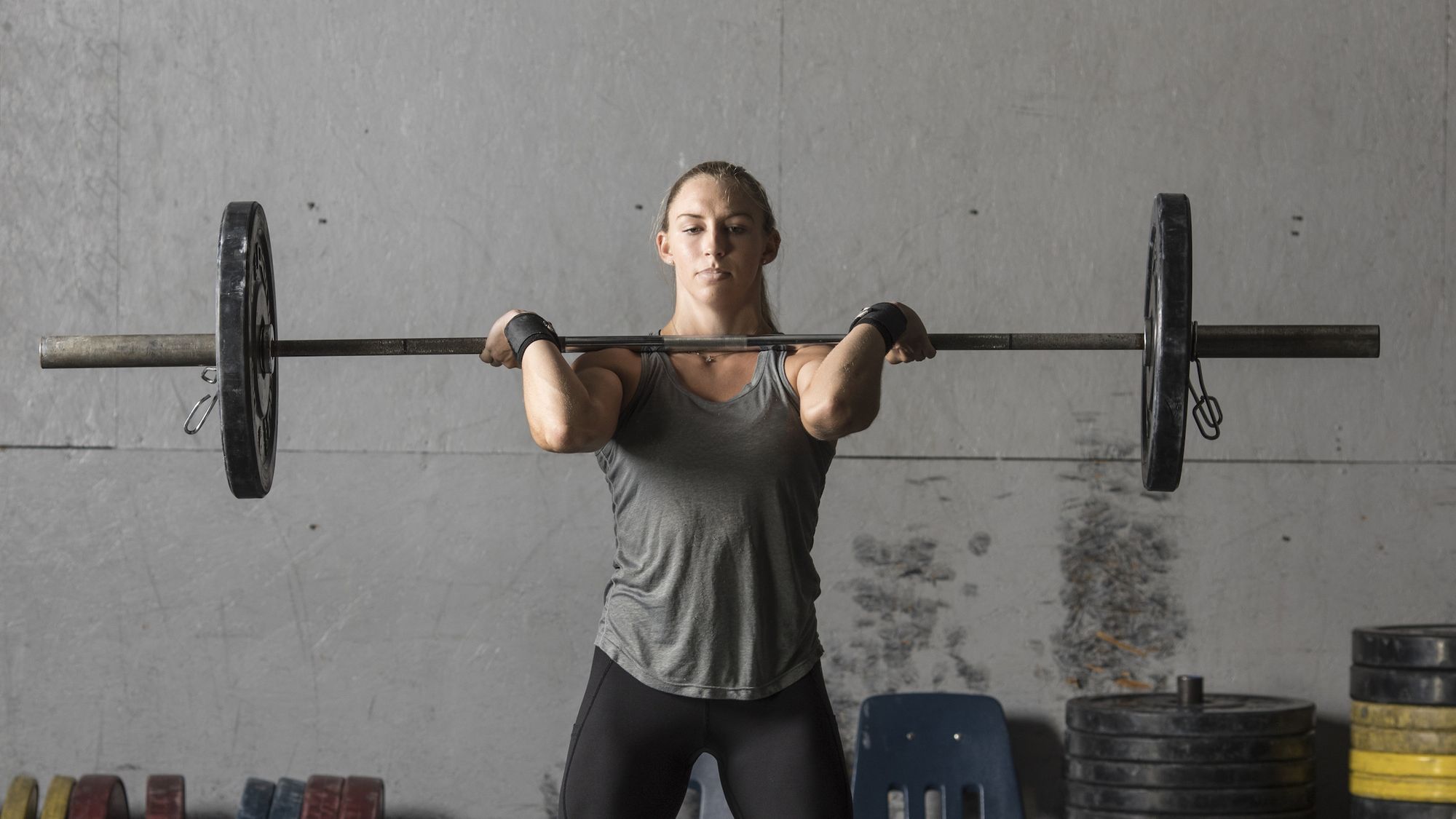
9. Dynamic stability development.
Because Olympic lifts are designed to be functional and coordinated, they help you build muscle stability, both at major joints and in general.
10. Improve your confidence.
Not only does Olympic lifting improve fitness, but the improved fitness and discipline required to successfully maintain an Olympic lifting routine are both keys to developing confidence in yourself and your stronger body.
Where Should Beginners Start?
In order to successfully develop an Olympic lifting routine, it is, of course, important that you learn to lift safely and in a way that minimizes your risk of injury. For beginners who are still learning good form, this is especially important. Three keys to keep in mind as you start your own Olympic lifting routine:
- Focus on good form. It’s better to execute slowly and do a lift correctly than go fast and risk sloppy movements. Good form stresses your muscles and joints in a sustainable way; bad form increases injury risk.
- Don’t add weight too quickly. It’s better to take your time and progress more slowly than add weight too quickly and risk injury. Load management is an important part of any successful fitness or lifting program, and that’s especially true when learning multi-part lifts, such as Olympic lifts.
- Give yourself recovery periods. Every so often, drop weight to give your body a chance to recover. If you’re adding weight every single time you lift, you never give your body a chance to recover, which in turn increases your risk of injury.
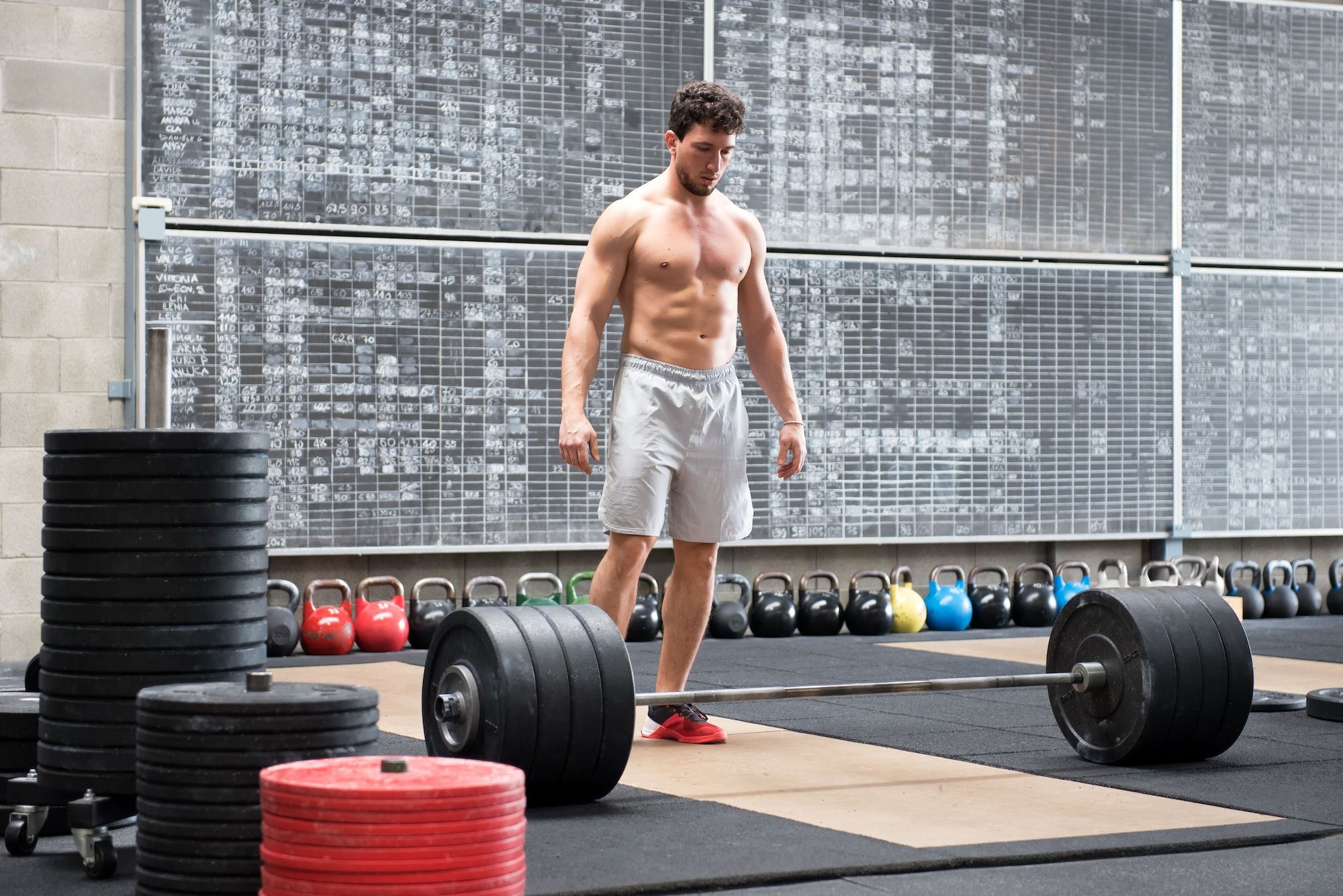
Which Olympic Lifts Should I Learn?
Let’s start with the essentials of any Olympic lifting program, and remember our keys: focus on form, progress slowly, and give yourself ample recovery as needed—likely more recovery than you think you’ll need, at least at first. Similarly, start with a few exercises at a time and slowly add more to decrease your risk of injury. Those caveats aside, the following are the lifts you should aim to learn when developing an Olympic lifting program:
- Clean and jerk. A two-part process, comprising of (1) the clean, and (2) the jerk, cleaning and jerking is usually a barbell routine. To clean, lift the barbell from the floor to across your deltoids (though avoiding the temptation to rest the barbell atop your clavicles). To jerk, finish lifting the barbell above your head to a position in which your arms and legs are straight and your feet are even under your torso and the barbell. This is one of several Olympic lifts that are part of Olympic weightlifting competitions.
- Clean pull. Clean pulls are used to focus on the weight you can move in the clean, as it allows you to better safely use your bodyweight as a countermeasure in practicing the clean.
- Snatch. Whereas the clean and jerk separates the motion of taking the barbell from the floor to above your head into two separate motions, the snatch combines them into one. As a result, there are multiple variants of snatches, including squat or full snatches, split snatches, power snatches, and muscle snatches.
- Snatch pull. Similar to the clean pull, the snatch pull allows lifters to focus on the first portion of a snatch, utilizing a lifter’s own bodyweight as a countermeasure to allow for slightly heavier weights than a lifter might be able to lift in a true snatch.
- Power clean. The power clean is similar to a traditional clean like a clean and jerk except that you don’t necessarily have to catch the barbell in a traditional squat position; one such example might be putting more of the strain of the cleaning lift on your back and glutes, rather than in your hamstrings and quadriceps.
- Front squat. The biggest difference between front squats and back squats is bar placement. On a front squat, the bar stays in front of your head, across the front of your shoulders. The emphasis in a front squat is primarily on quadricep and hip development.
- Back squat. In a back squat, the barbell rests across the upper back. The difference in position allows lifters to better stress their glutes and hamstrings.
- Jerk from the rack. Jerking from a lifting rack allows you to focus on the jerk portion of a clean and jerk without needing to do the clean each time, allowing you to build up each portion of a clean and jerk separately. Because the weight is not being lifted as far, lifters can usually handle more weight in a rack jerk than they can in a full clean and jerk.
For each of these lifts, your form is tremendously important—so start with low weights and consider using a coach or trusted lifting buddy to help ensure you’re practicing good form.
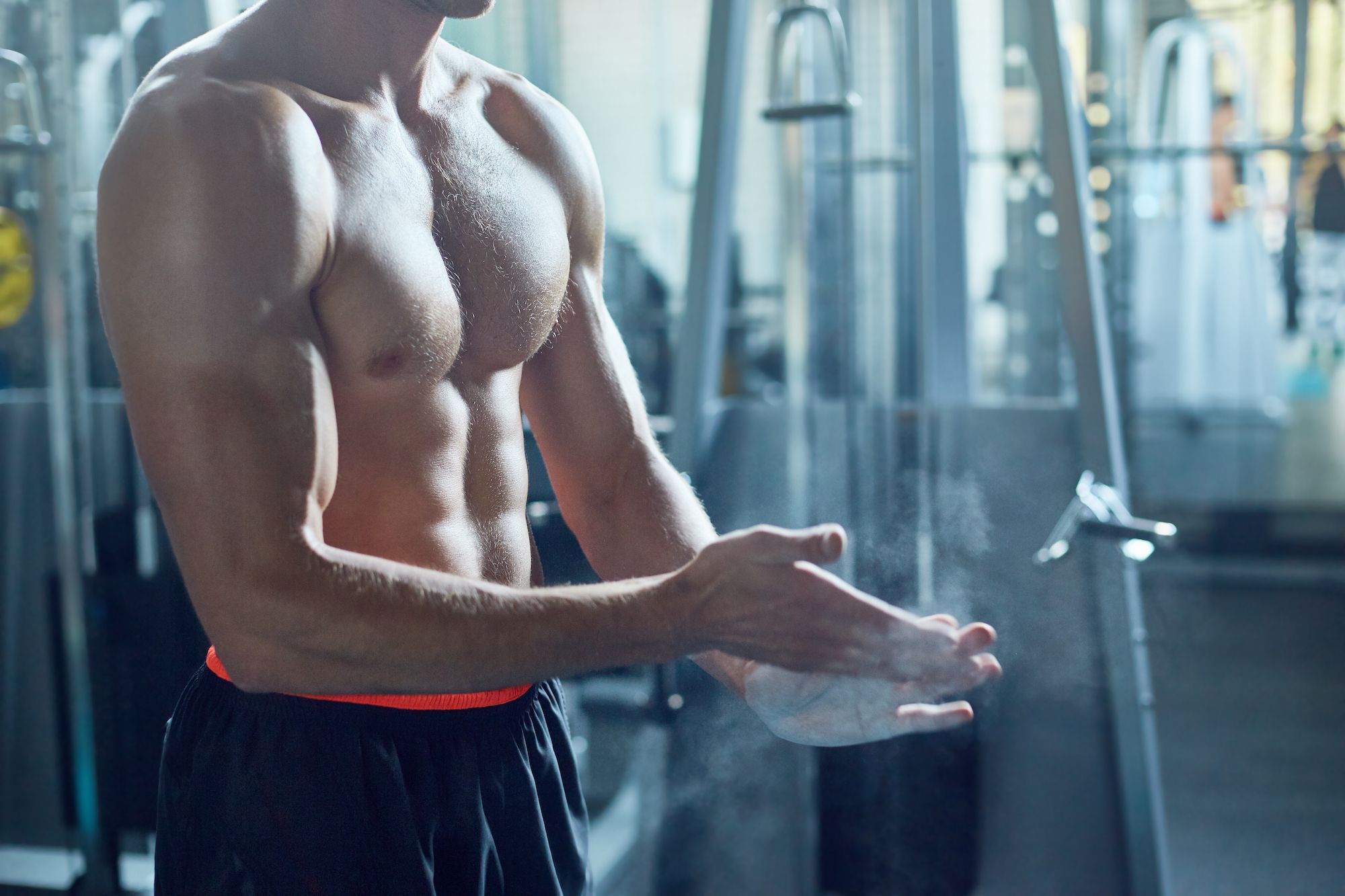
Considerations for Designing an Olympic Lifting Program
Remember our three keys from before:
- Focus on good form.
- Don’t add weight too quickly.
- Give yourself recovery periods.
If you can follow those three keys, your risk of injury is substantially lower, which in turn will allow you to make greater gains in a shorter time. As you may have heard previously, go slow to go fast. That is, take your time and take care to do things right, and the gains will come more quickly than they would if you try to rush it and end up hurting yourself. One great way to pace yourself appropriately and track your progress over time is to use a workout tracker like Bolt.
Full Lifts vs. Partial Lifts
As you likely saw, one advantage of a partial lift (such as a rack jerk or clean pull) is the ability to focus on a portion of the lift or with greater weight. That can be a great strategy when you’ve reached a weight plateau, as focusing on the individual pieces of a full lift can help you put together a better result later. Of course, you also won’t see the same benefits with partial lifts as you might with full lifts, especially in building power. For some lifters, however, simply using partial lifts to get past sticking points can be tremendously helpful.
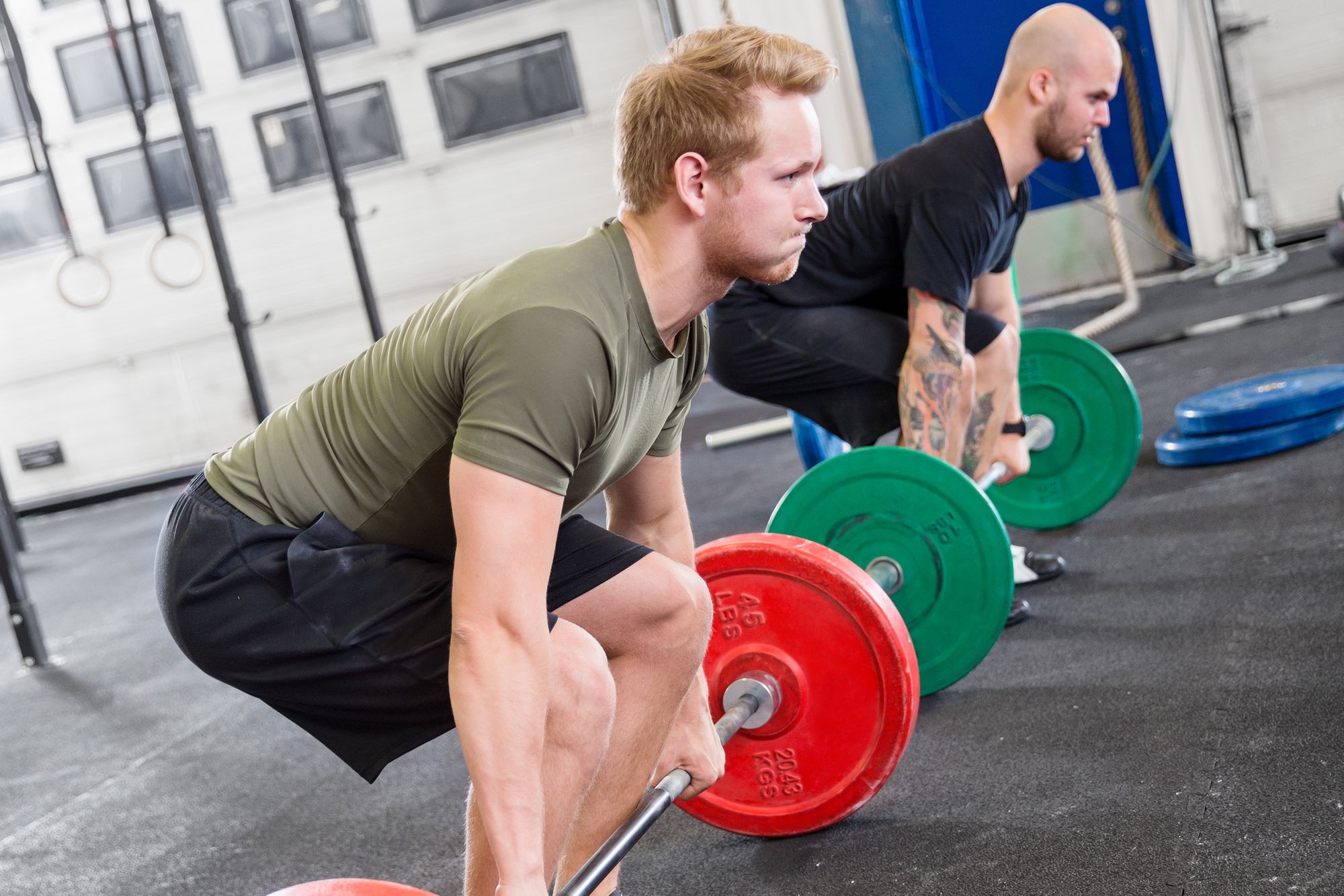
What Does a Typical Olympic Weightlifting Workout Look Like?
That can vary greatly depending on what your goals are; someone who lifts as part of working toward better placing in bodybuilding competitions will lift much differently than someone who is simply trying to get functionally fit. The key for you is starting with a few exercises, emphasizing good form as you get more comfortable with each lift, and maintaining patience with your progression. If you can do that, you just might be shocked at how much Olympic lifts can add to your fitness regiment!
References:
- https://www.teamusa.org/USA-Weightlifting/Weightlifting101/Top-10-reasons-to-train-the-Olympic-weightlifting-movements
- https://www.ncbi.nlm.nih.gov/pubmed/27820725
- https://www.ncbi.nlm.nih.gov/pubmed/22873835
- https://pediatrics.aappublications.org/content/121/4/835
- https://www.ncbi.nlm.nih.gov/pubmed/22222322
- https://www.ncbi.nlm.nih.gov/pmc/articles/PMC4887540/
